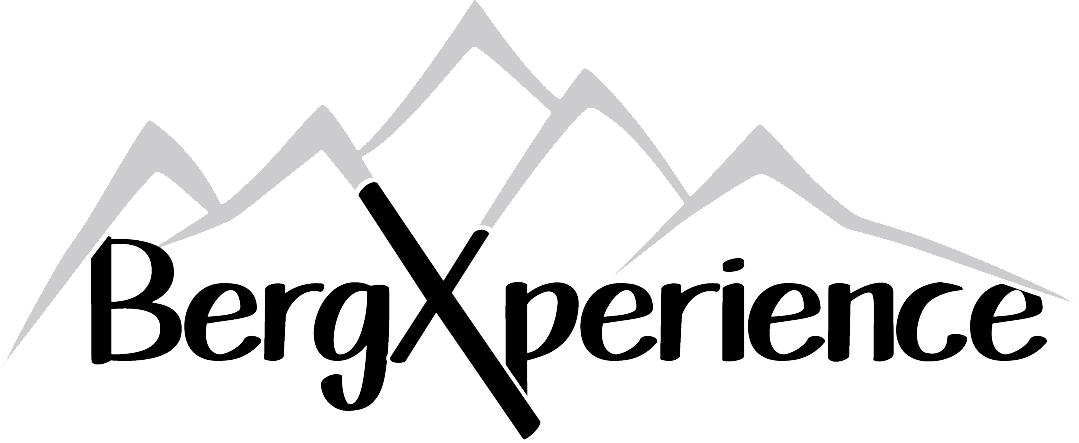The Dolomites
The Dolomites are the most famous mountain region in Italy. The name comes from the white stone Dolomite, which is so characteristic of the area. That white stone also often causes beautiful sunrises and sunsets, with the Dolomite seeming to have all kinds of colors.
Typical for the Dolomites is the steep character of most of the mountains. Where the Alps are often a bit more 'hilly', the Dolomites rise quite suddenly. The transition between the wonderfully green forests and the rugged high mountains with jagged peaks is often quite abrupt, which makes for often changing, but always beautiful views.
The Dolomites are especially suitable for a wide range of outdoor sporting activities, ranging from hiking, road cycling, mountain biking and motorcycling in summer, to skiing, winter hiking and cross-country skiing in winter.
Val di Zoldo
The Dolomites has a lot of touristic highlights. Of course they are all beautiful, but usually also very crowded. That is why BergXperience has chosen Val di Zoldo as its base. Located on the edge of the Dolomiti Bellunesi National Park, the valley is at least as beautiful as the more famous parts of the Dolomites, but much quieter and with a much more authentic Italian character. It is not a coincidence that it is a 'Bergsteigerdorf', a designation for mountain areas that promote small-scale tourism, while preserving the authenticity of a region.
In addition, there are a large number of mountain huts around Val di Zoldo, which makes it easy to create tailor-made hut-to-hut tours. And with ski lifts providing access to the Ski Civetta area (part of the well-known Dolomiti SuperSki area), it is also the ideal starting point in winter for a week of relaxed winter sports on daily well-groomed slopes in a beautiful and snow-sure environment.
And, last but not least, Val di Zoldo is the birthplace of the delicious Italian ice cream. So for those who want to taste how Italian ice cream is actually meant to be, this is "the place to be".
Mountainhuts / refuges
Rifugios, as mountain huts are called in Italy, come in all shapes and sizes. Often they are in their early 20th century built by a branch of one of the alpine associations, in support of alpinists. In the meantime, many huts in the Dolomites have become much more luxurious. Almost all huts have showers and hot water. At some huts you have to buy a shower token with which you can shower for a few minutes.
You almost always sleep in a multi-bed room or sometimes on the 'lager'. These are usually sleeping quarters for 8-10 or sometimes even for 10-20 people. These spaces are often divided into smaller compartments with partitions. Blankets and pillows are provided. From a hygiene point of view, the use of a sheet bag is mandatory. Toilets and sanitary facilities are usually located on the same floor.
In the multi-bed rooms there is generally enough space for your personal belongings, clothes and your backpack. Hiking boots can be placed in a special (drying) room. The sleeping quarters may only be entered with hut slippers.
In de rifugio krijg je een 3-gangen diner en ontbijt. Voor het diner kun je vaak kiezen uit een keuze menu voor de eerste en de tweede gang. Als je lunch mee wilt voor onderweg, dan moet je die de avond van tevoren bestellen. De kosten hiervoor zijn €10-€ 15.
Pin- of creditcardbetalingen zijn niet altijd mogelijk in berghutten. Zorg dus dat je voldoende contant geld bij je hebt. Reken daarbij op minimaal € 25,- per dag per persoon voor drankjes, douchemuntjes en eventueel een lunchpakket.
Although many rifugios in the Dolomites are increasingly equipped to accommodate the more modern tourist, you should not expect a 3-star hotel. That's not a bad thing at all, because it's always special to spend the night on top of a mountain and enjoy the silence, fresh air and dark nights.

